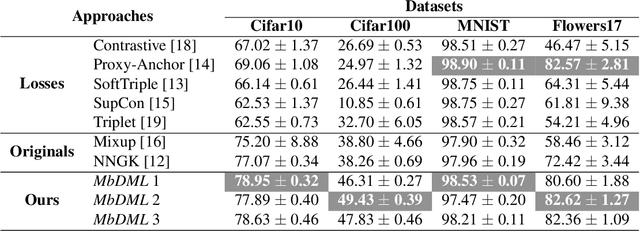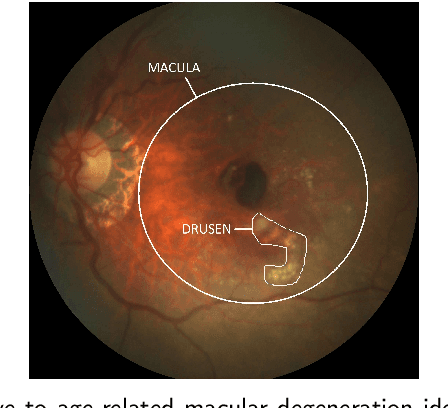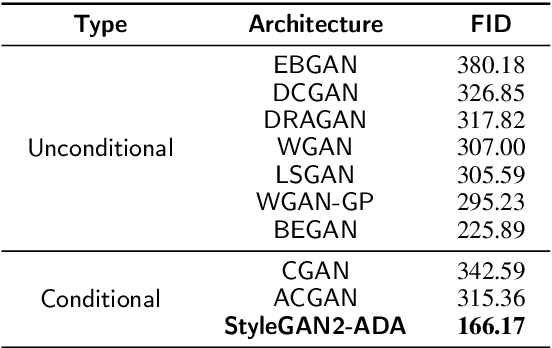Daniel C. G. Pedronette
Mixup-based Deep Metric Learning Approaches for Incomplete Supervision
Apr 28, 2022



Abstract:Deep learning architectures have achieved promising results in different areas (e.g., medicine, agriculture, and security). However, using those powerful techniques in many real applications becomes challenging due to the large labeled collections required during training. Several works have pursued solutions to overcome it by proposing strategies that can learn more for less, e.g., weakly and semi-supervised learning approaches. As these approaches do not usually address memorization and sensitivity to adversarial examples, this paper presents three deep metric learning approaches combined with Mixup for incomplete-supervision scenarios. We show that some state-of-the-art approaches in metric learning might not work well in such scenarios. Moreover, the proposed approaches outperform most of them in different datasets.
Which Generative Adversarial Network Yields High-Quality Synthetic Medical Images: Investigation Using AMD Image Datasets
Mar 25, 2022



Abstract:Deep learning has been proposed for the assessment and classification of medical images. However, many medical image databases with appropriately labeled and annotated images are small and imbalanced, and thus unsuitable to train and validate such models. The option is to generate synthetic images and one successful technique has been patented which limits its use for others. We have developed a free-access, alternate method for generating synthetic high-resolution images using Generative Adversarial Networks (GAN) for data augmentation and showed their effectiveness using eye-fundus images for Age-Related Macular Degeneration (AMD) identification. Ten different GAN architectures were compared to generate synthetic eye-fundus images with and without AMD. Data from three public databases were evaluated using the Fr\'echet Inception Distance (FID), two clinical experts and deep-learning classification. The results show that StyleGAN2 reached the lowest FID (166.17), and clinicians could not accurately differentiate between real and synthetic images. ResNet-18 architecture obtained the best performance with 85% accuracy and outperformed the two experts in detecting AMD fundus images, whose average accuracy was 77.5%. These results are similar to a recently patented method, and will provide an alternative to generating high-quality synthetic medical images. Free access has been provided to the entire method to facilitate the further development of this field.
 Add to Chrome
Add to Chrome Add to Firefox
Add to Firefox Add to Edge
Add to Edge